Rare Rides: The 1999 Maserati Quattroporte, and It's Pink

We’ve featured a Quattroporte at Rare Rides on two prior occasions: a beautiful first-generation model, and one in its more modern form which was reworked into a slinky wagon.
Today’s Nineties model is … neither of those things.
After the initial Quattroporte’s run as a legitimate and very early example of a super sedan, the model (like its parent company) fell on hard times. After the first generation wrapped up production in 1969, Maserati built a couple of special one-off examples for some dignitaries, then threw in the towel on sedans.
Quattroporte did not return until 1976, and when it did it was a very different sort of vehicle. The large sedan was front-drive and shared a platform with the decidedly non-sporty Citroën SM. It also borrowed its V6 engine from the Maserati Merak. Citroën was sort of out of money at the time, and the Quattroporte’s second album was around for just three model years and sold in very limited markets.
Maserati gave Quattroporte another try in 1979; a new generation developed with Alejandro de Tomaso now at the helm. The sedan was once again large, rear-drive, and V8 powered. It also shared a platform with a similar DeTomaso, the Deauville. Gen three lived for a ridiculously long time and continued in production through 1990. By that point, it was entirely outdated, and Maserati was poor again. They gave up on offering a large sedan until 1994.
The fourth-gen Quattroporte debuted that year. The new car was developed under Fiat ownership after De Tomaso sold off his stake in 1992. Fresh and modern-ish, the Quattroporte was much smaller than it had been before: a full 23 inches shorter than its predecessor. The shrinkage was down to its BiTurbo platform, which underpinned almost all Maseratis of the Nineties. The styling was penned by the legendary Gandini, which showed in its wheel arches.
At introduction, it was available with a 2.0-liter twin-turbo V6 from the BiTurbo, which was later joined by a 2.8-liter V6. A range-topping 3.2-liter twin-turbo V8 arrived as an option in 1996. Available as manual or automatic, the manual was a six-speed Getrag unit, and automatics were four-speed and sourced from ZF or BorgWarner.
Mister Clarkson on Old Old Top Gear test drove the Quattroporte in 1996 and absolutely lambasted its driving dynamics, interior, build quality, cost, and the washed-up nature of the brand itself. Well worth a watch.
More ownership changes at Maserati occurred midway through the Quattroporte’s run, as in 1997 Ferrari acquired a 50 percent stake in the brand. The folks at the prancing horse thought Maserati was a bit crap and started on a project to update their production facilities, manufacturing, and quality control. This netted a reworked Evoluzione version of the Quattroporte, which had 800 revised parts and arrived midway through 1998.
The Quattroporte lived on in its freshened form through 2001, but was never brought to North America, and sold very slowly in the markets where it was on offer. In eight years, Maserati shifted just 2,400 examples. It was replaced by the much more competitive fifth generation in 2003.
Today’s Rare Ride is a lovely pink example from later in the run. With a V8 engine and automatic, it was one of just fifty or so completed in right-hand drive. It sold in 2017 for around $12,000.
[Images: seller]

Interested in lots of cars and their various historical contexts. Started writing articles for TTAC in late 2016, when my first posts were QOTDs. From there I started a few new series like Rare Rides, Buy/Drive/Burn, Abandoned History, and most recently Rare Rides Icons. Operating from a home base in Cincinnati, Ohio, a relative auto journalist dead zone. Many of my articles are prompted by something I'll see on social media that sparks my interest and causes me to research. Finding articles and information from the early days of the internet and beyond that covers the little details lost to time: trim packages, color and wheel choices, interior fabrics. Beyond those, I'm fascinated by automotive industry experiments, both failures and successes. Lately I've taken an interest in AI, and generating "what if" type images for car models long dead. Reincarnating a modern Toyota Paseo, Lincoln Mark IX, or Isuzu Trooper through a text prompt is fun. Fun to post them on Twitter too, and watch people overreact. To that end, the social media I use most is Twitter, @CoreyLewis86. I also contribute pieces for Forbes Wheels and Forbes Home.
More by Corey Lewis
Latest Car Reviews
Read moreLatest Product Reviews
Read moreRecent Comments
- NJRide My mom had the 2005 Ford 500. The sitting higher appealed to her coming out of SUVs and vans (this was sort of during a flattening of the move to non-traditional cars) It was packaged well, more room than 90s Taurus/GM H-Bodies for sure. I do remember the CVT was a little buzzy. I wonder if these would have done better if gas hadn't spiked these and the Chrysler 300 seemed to want to revive US full-size sedans. Wonder what percent of these are still on the road.
- 28-Cars-Later Mileage of 29/32/30 is pretty pitiful given the price point and powertrain sorcery to be a "hybrid". What exactly is this supposed to be?
- MRF 95 T-Bird I own a 2018 Challenger GT awd in the same slate gray color. Paid $28k for it in late 2019 as a leftover on the lot. It’s probably worth $23k today which is roughly what this 2015 RT should be going for.
- Mike978 There is trouble recruiting police because they know they won’t get support from local (Democratic) mayors if the arrests are on favored groups.
- FreedMike I'm sure that someone in the U.S. commerce department during the 1950s said, "you know, that whole computer thing is gonna be big, and some country is going to cash in...might as well be us. How do we kick start this?" Thus began billions of taxpayer dollars being spent to develop computers, and then the Internet. And - voila! - now we have a world-leading computer industry that's generated untold trillions of dollars of value for the the good old US of A. Would "the market" have eventually developed it? Of course. The question is how much later it would have done so and how much lead time (and capital) we would have ceded to other countries. We can do the same for alternative energy, electric vehicles, and fusion power. That stuff is all coming, it's going to be huge, and someone's gonna cash in. If it's not us, you can damn well bet it'll be China or the EU (and don't count out India). If that's not what you want, then stop grumbling about the big bad gubmint spending money on all that stuff (and no doubt doing said grumbling on the computer and the Internet that were developed in the first place because the big bad gubmint spent money to develop them).




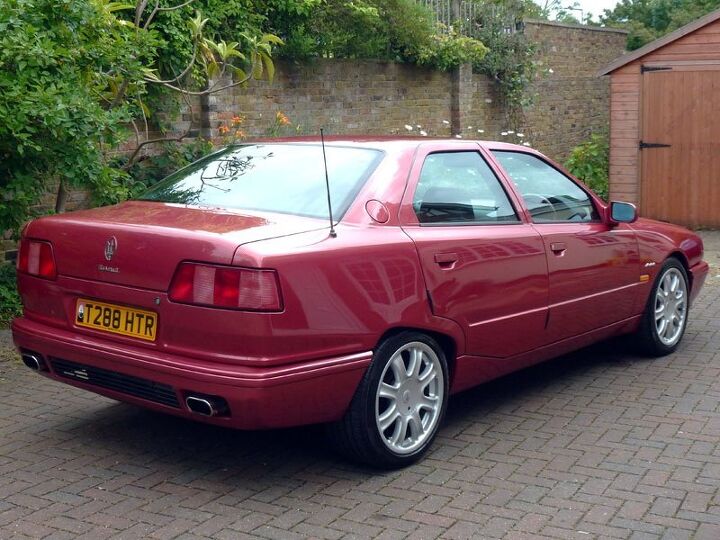

















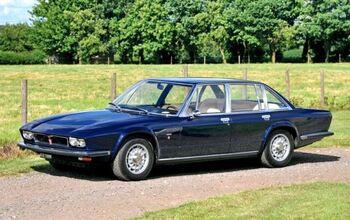
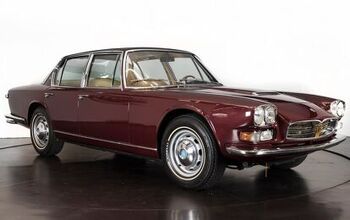
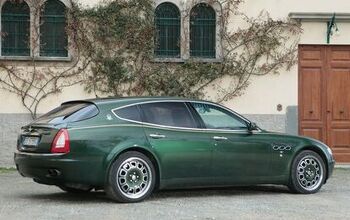



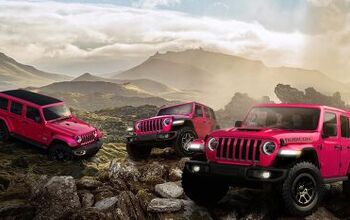








Comments
Join the conversation
From the back is anyone else reminded of an Acura?
Would love to know the story behind the orientation of that ignition key cylinder.